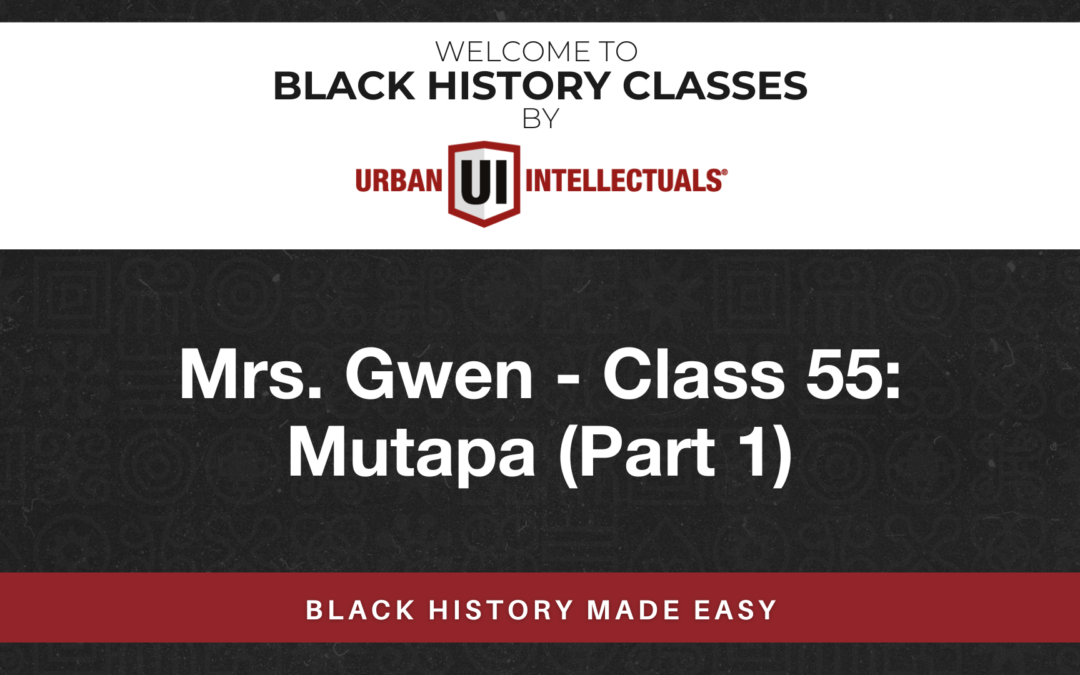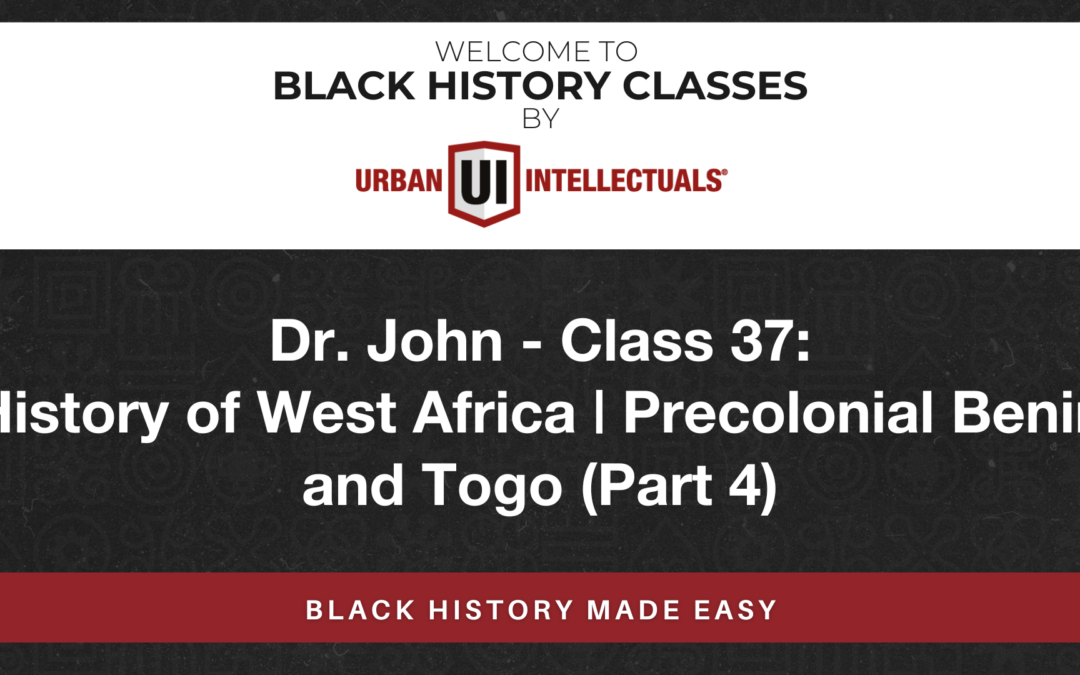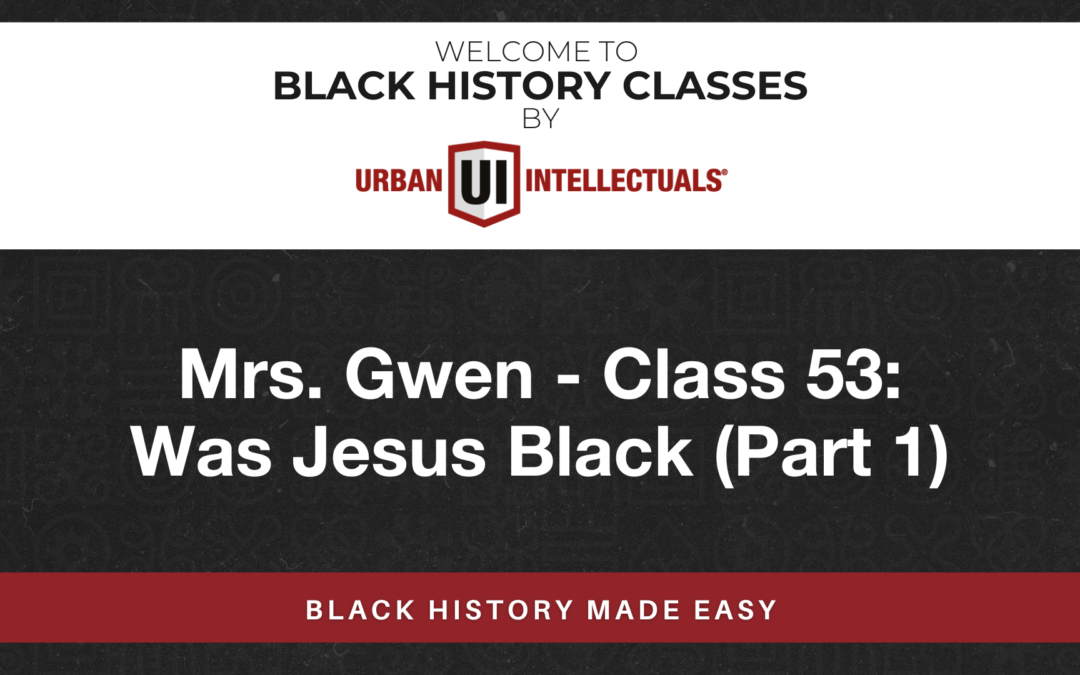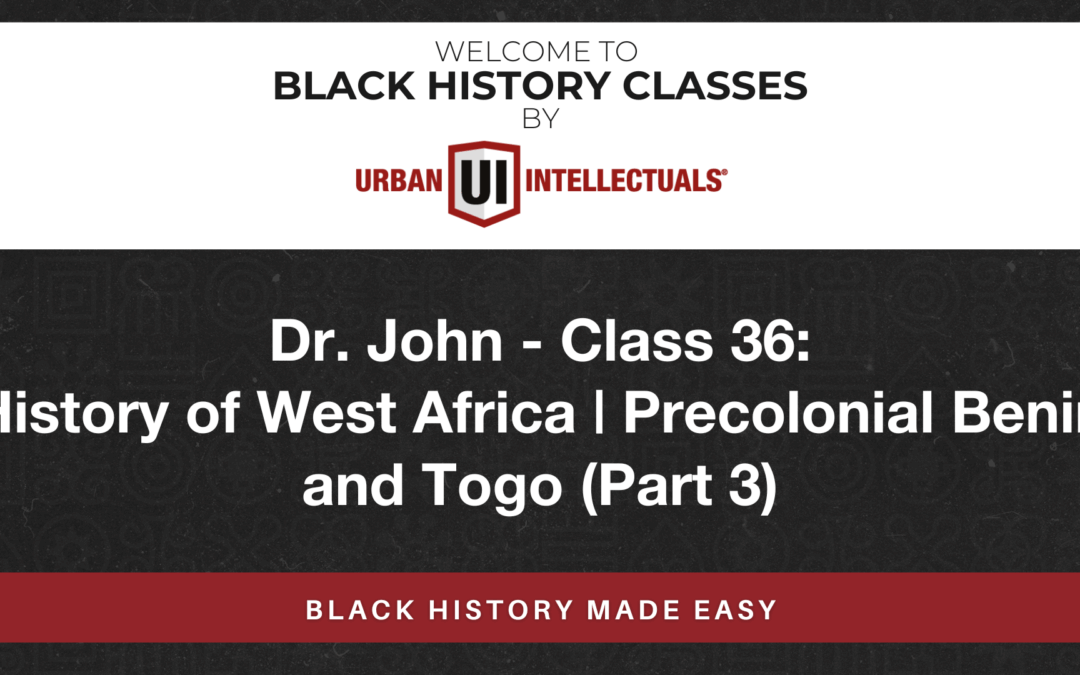
Class 55: Mutapa (Part 1)
CLASS OVERVIEW
Introduction to the empire of Mutapa.
BEFORE YOU GET STARTED:
- Please check the materials that go with this lesson and print relevant materials.
- Also, check out the books and products the teachers use for further learning.
- Reach out to support@urbanintellectuals.com if you have any questions or issues.
- Some links may be affiliate links where we may earn a small commission from purchases.
Sources:
https://www.instagram.com/reel/DSYloW0DuKW/?igsh=MW4wYXZ3bTNkZHNjYg==
Study Guide
Mupata
Mutapa was very real, and its history is one of the great, often‑overlooked stories of pre‑colonial Africa. Let me give you a clear, grounded, and vivid picture of it, drawing directly from the search results you triggered.
🌍 Yes — Mutapa Was a Real African Kingdom
The Kingdom of Mutapa (also called Mwenemutapa, Monomotapa, or Matapa) was a powerful Shona-speaking state in southern Africa. It existed roughly from the 15th century to the 17th century, with later successor states lasting into the 19th century.
It was located in what is now northern Zimbabwe and central Mozambique, especially along the Zambezi River.
🧭 Origins
– Mutapa emerged after the decline of Great Zimbabwe, the famous stone city built by Shona ancestors.
– According to oral tradition, the kingdom was founded by Nyatsimba Mutota around 1430 CE.
– Mutota left Great Zimbabwe in search of new salt sources and established a new political center in the north.
🏛️ What Mutapa Was Known For
1. A Wealthy Gold and Ivory Powerhouse
Mutapa controlled rich goldfields and ivory routes, which made it a major player in Indian Ocean trade.
It traded with:
– Swahili merchants
– Arab traders
– Later, the Portuguese (from the 1500s onward)
2. A Shona Monarchy
The ruler was called the Mwene Mutapa — meaning “Lord of the Plundered Lands” or “Owner of the Realm.”
This title is the origin of the Portuguese word Monomotapa.
3. A Large Territory
At its height, Mutapa stretched between the Zambezi and Limpopo rivers.
⚔️ Interactions with the Portuguese
By the 1500s, the Portuguese were desperate to control Mutapa’s gold trade.
– They established missions and trading posts.
– They interfered in Mutapa’s politics, backing rival claimants to the throne.
– By 1629, Mutapa became a Portuguese protectorate.
– Civil wars and internal divisions weakened the kingdom.
Eventually:
– The Portuguese conquered much of its territory by the 1630s.
– A later Mutapa polity survived until 1902, but with far less power.
📉 Decline
Mutapa’s fall was caused by:
– Portuguese interference
– Internal succession disputes
– Competition from rising Shona states like the Rozvi Empire
– Fragmentation into smaller kingdoms
By the late 1700s, the original Mutapa state had largely dissolved.
🧿 Why Mutapa Matters
Mutapa is a crucial example of:
– African political sophistication
– Long-distance trade networks
– Indigenous statecraft
– The deep history of Shona civilization
– How European intrusion destabilized thriving African polities
It also connects directly to the legacy of Great Zimbabwe, showing a continuum of Shona political and cultural power.
📘 Sources
– Mutapa Empire history and timeline
– Geographic and cultural overview
– Extended historical context and successor states
– Dynastic origins and title meanings
– Summary of Mutapa’s role in African trade networks
THE QUIZ
N/A











